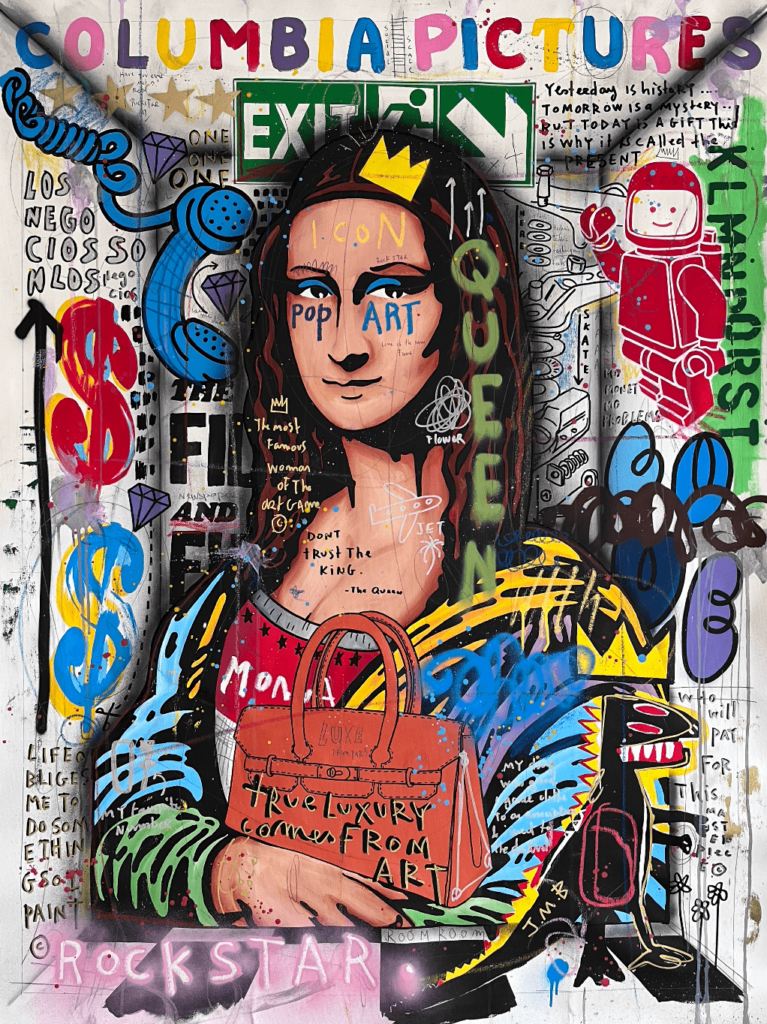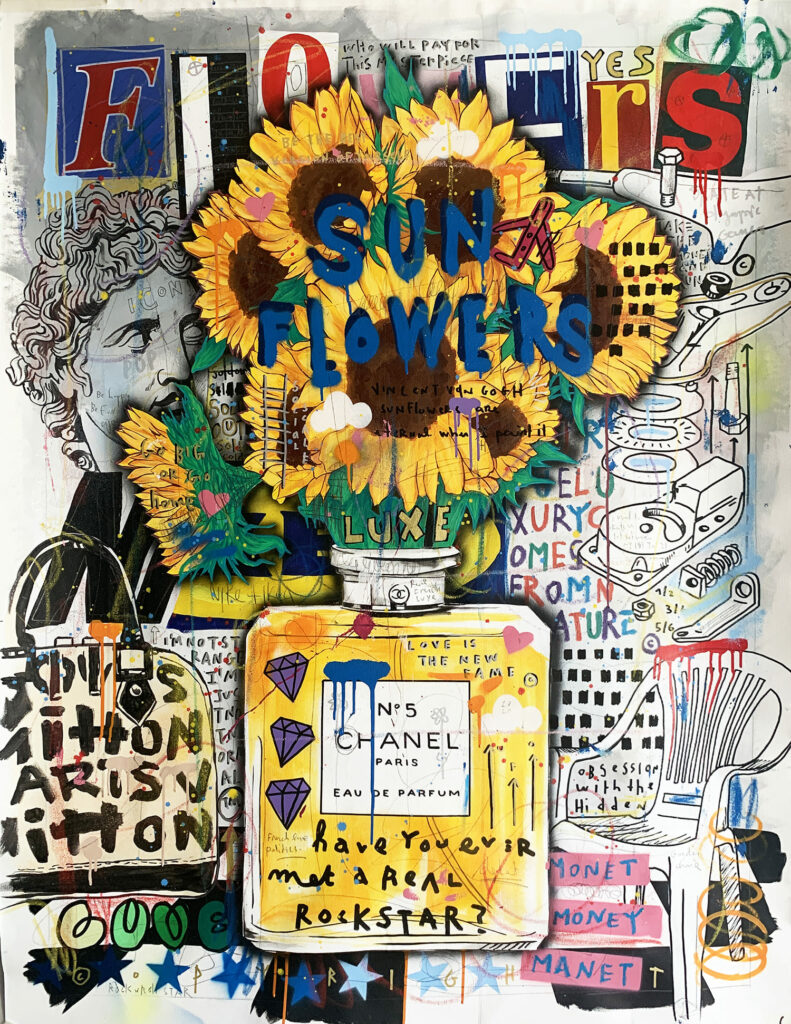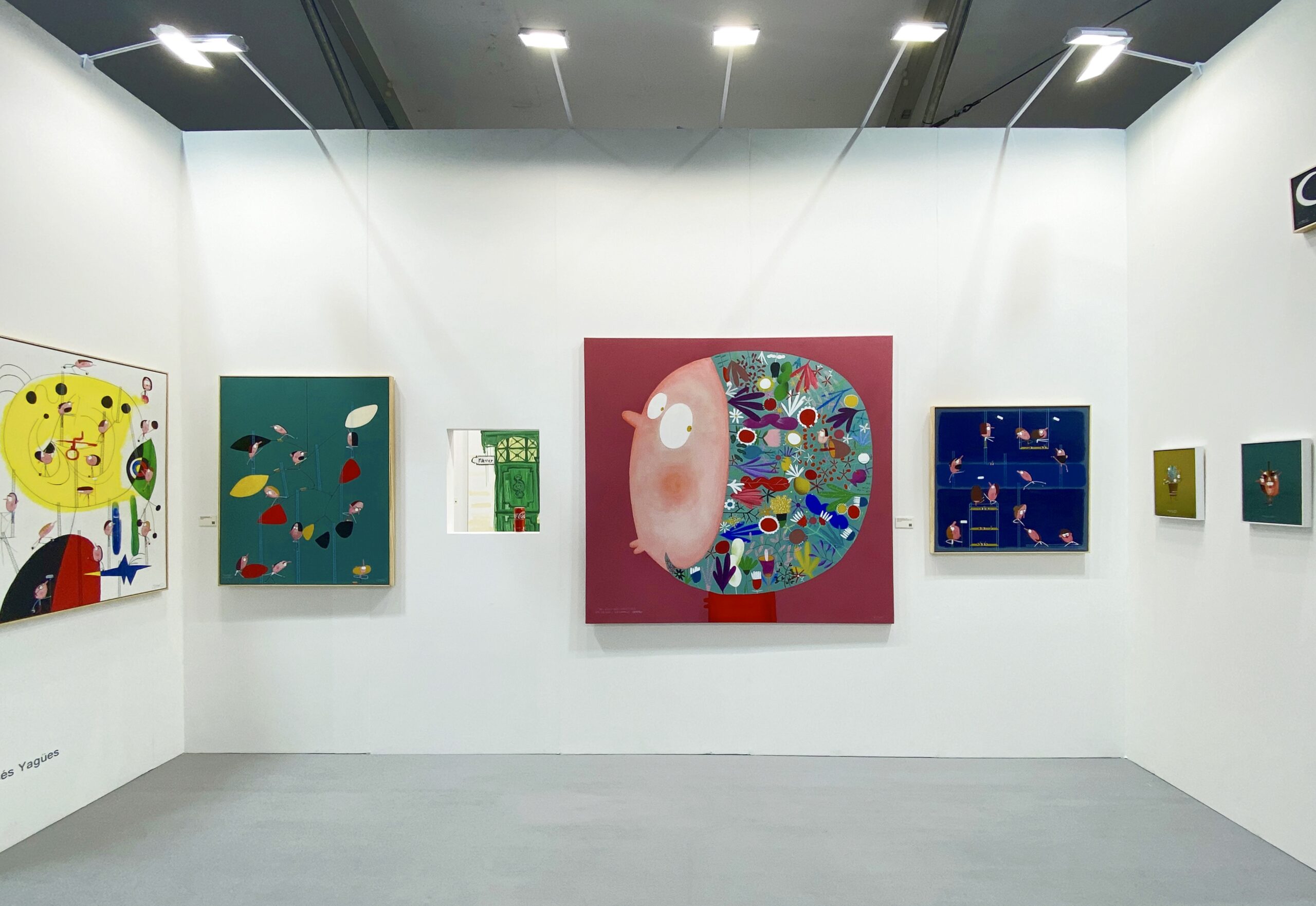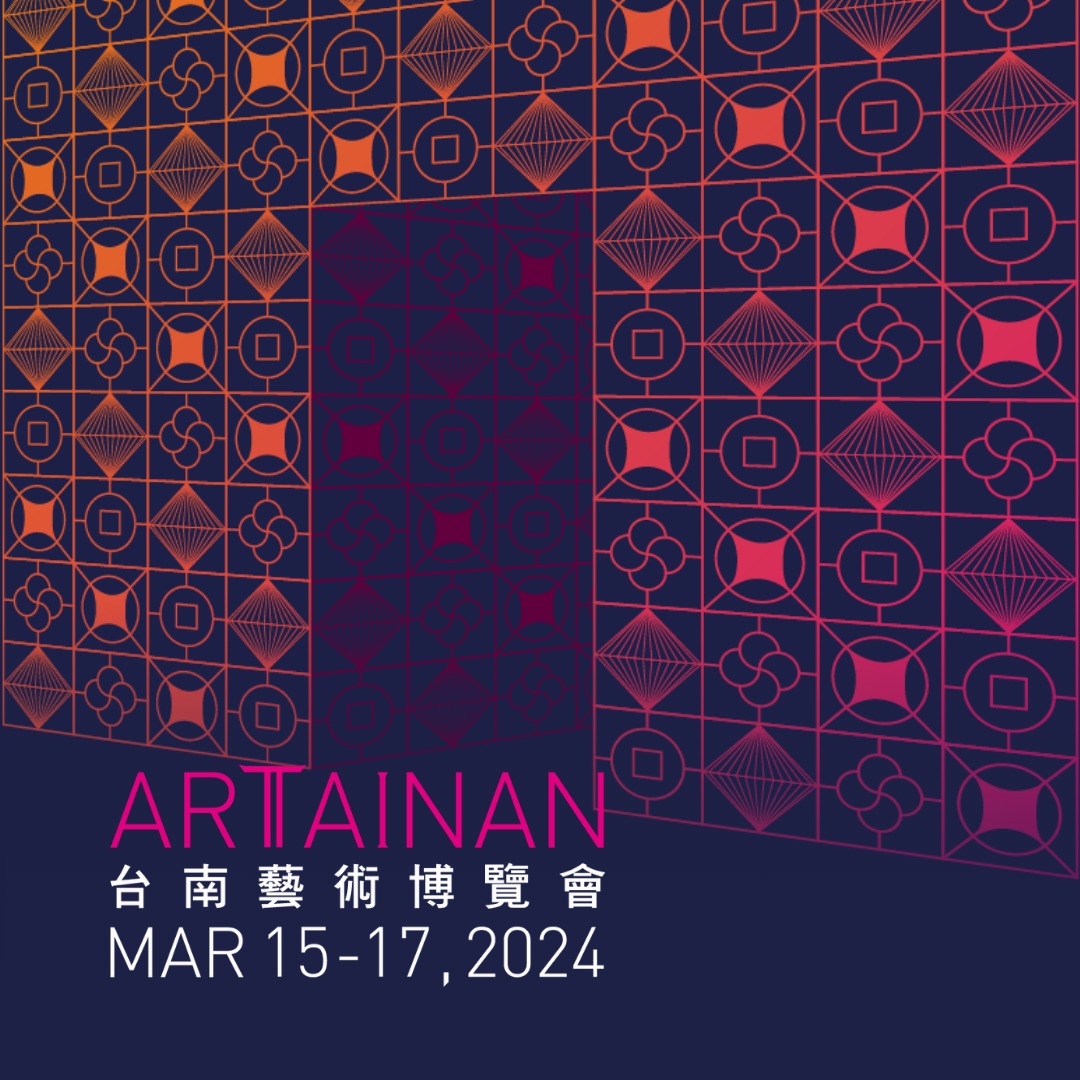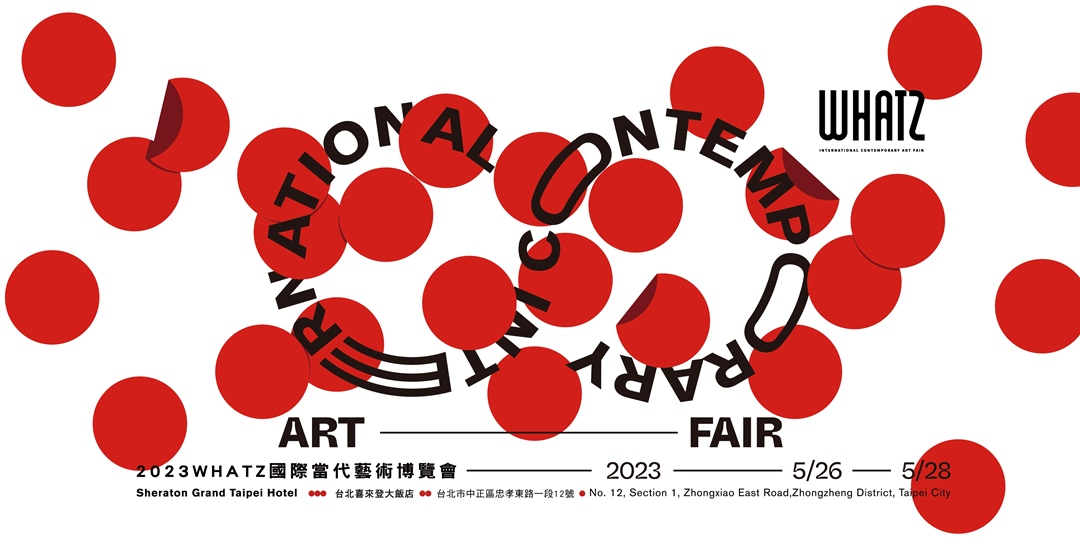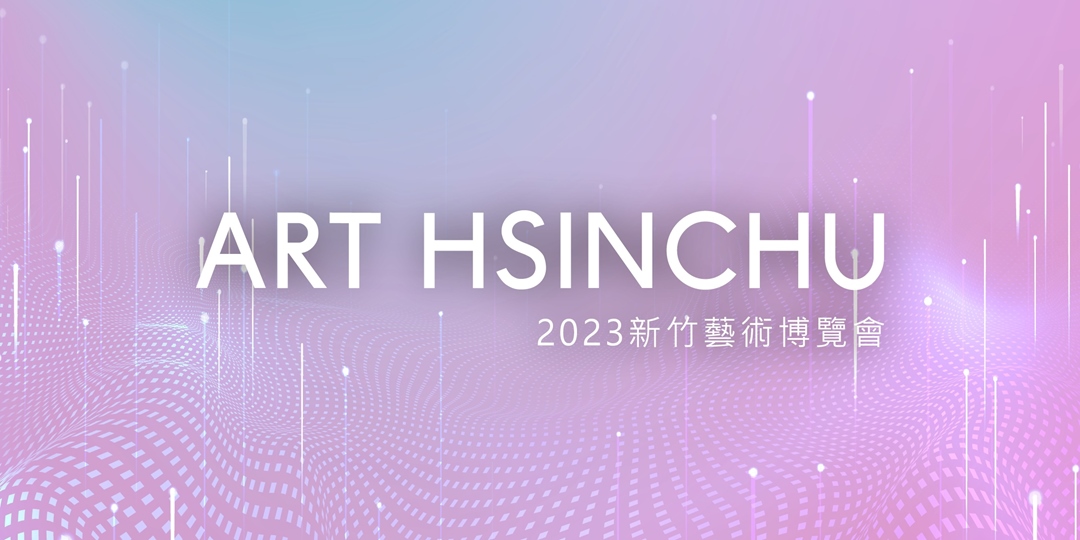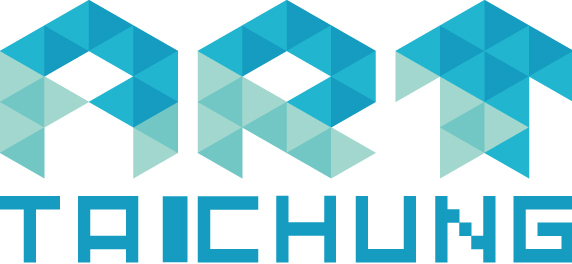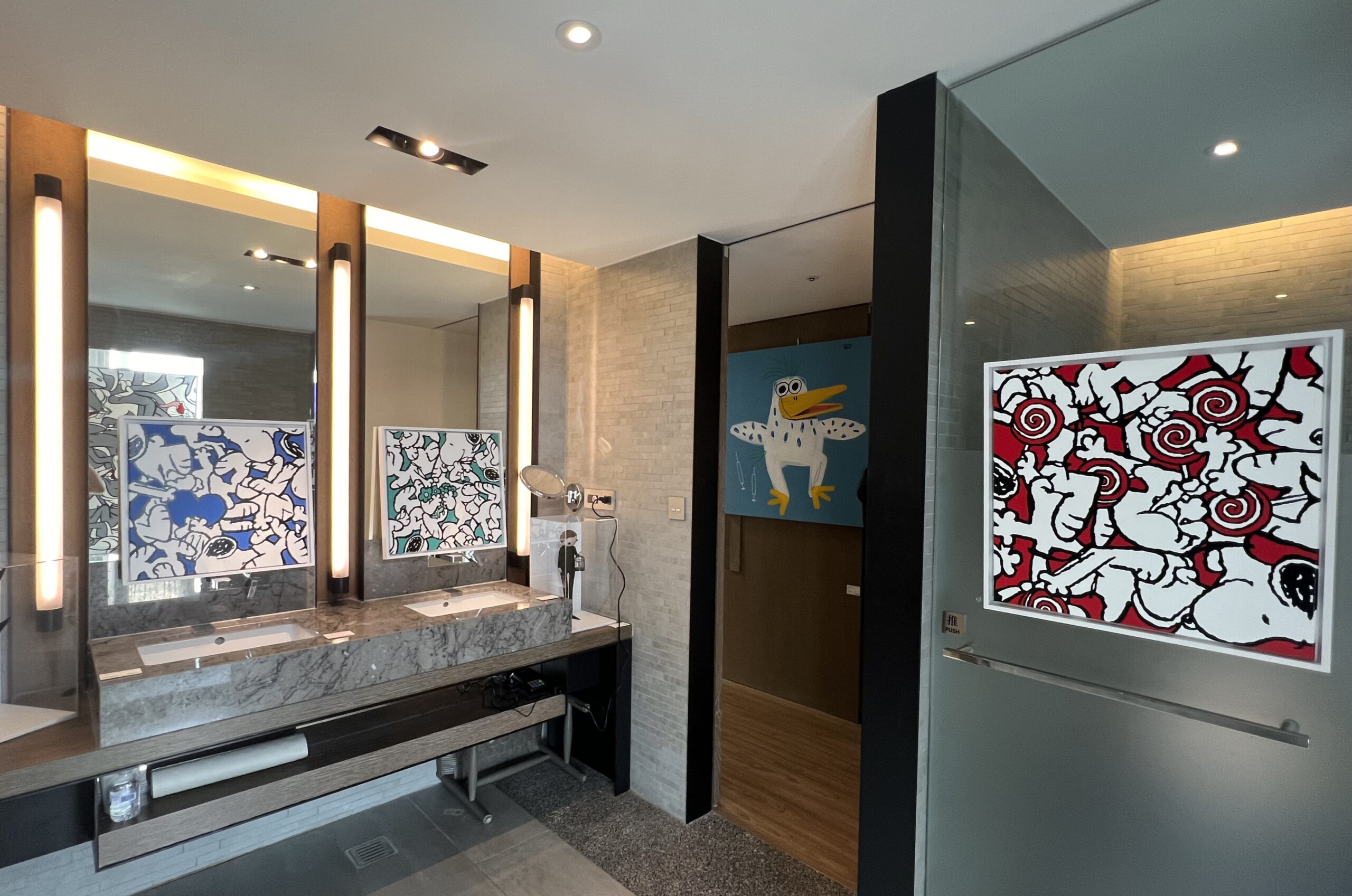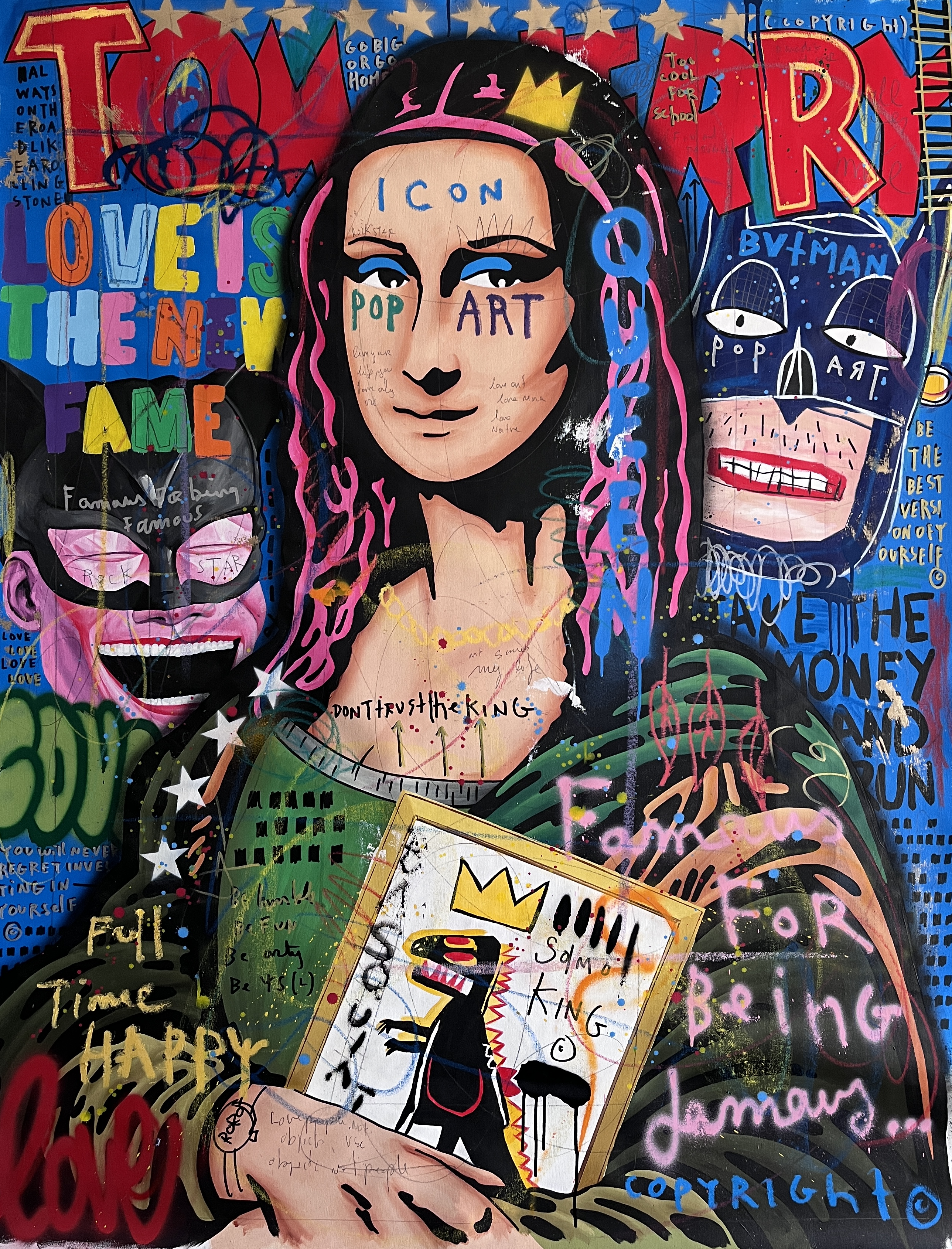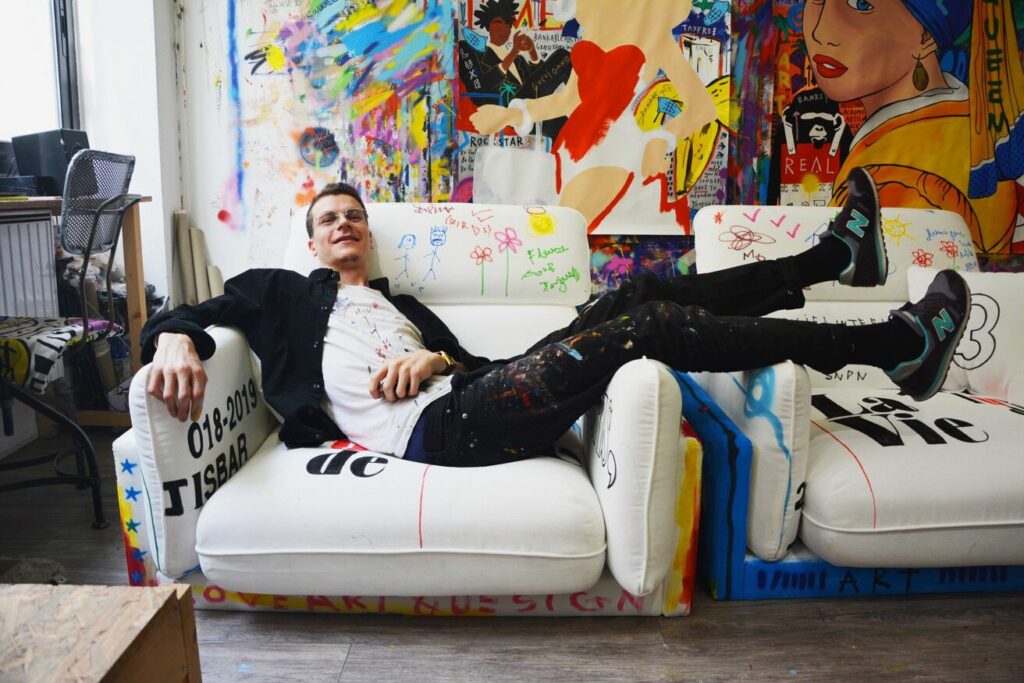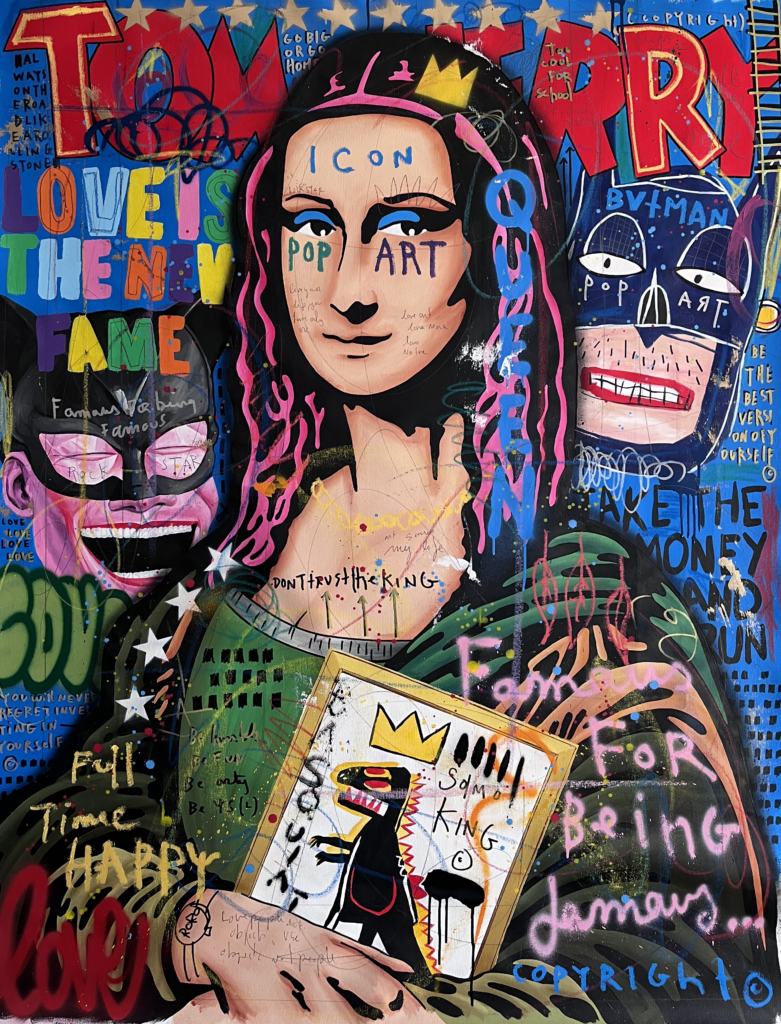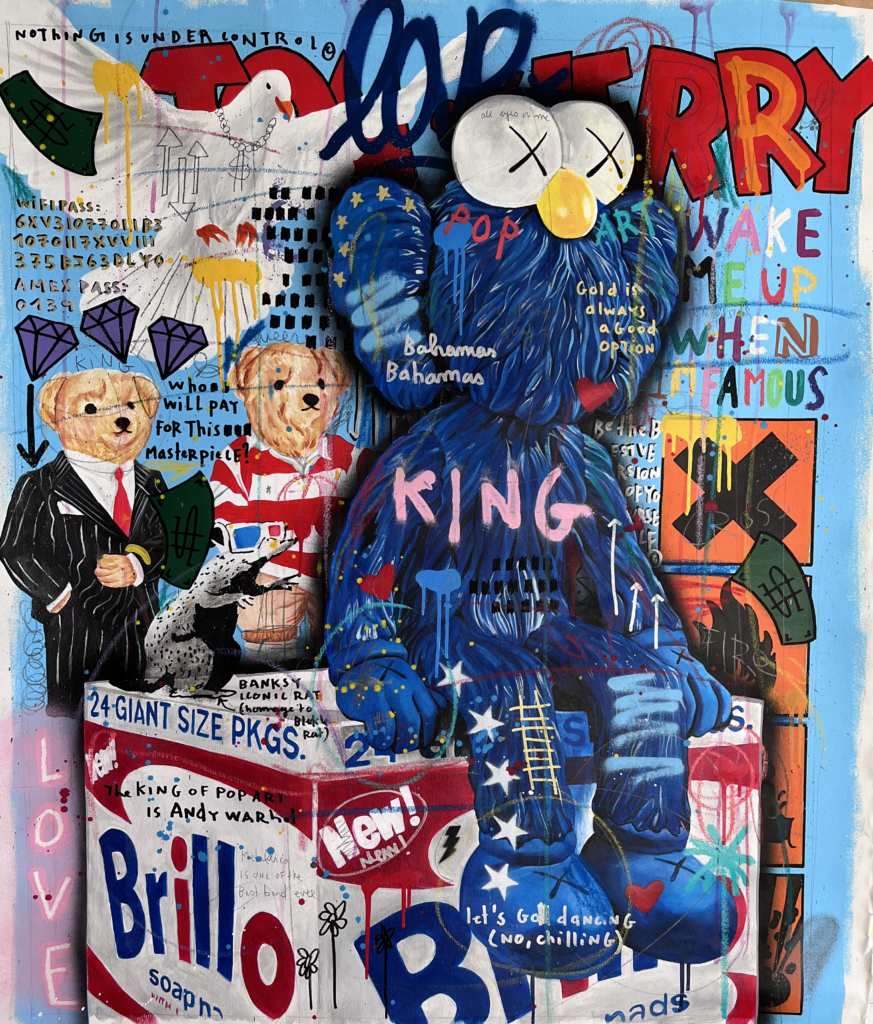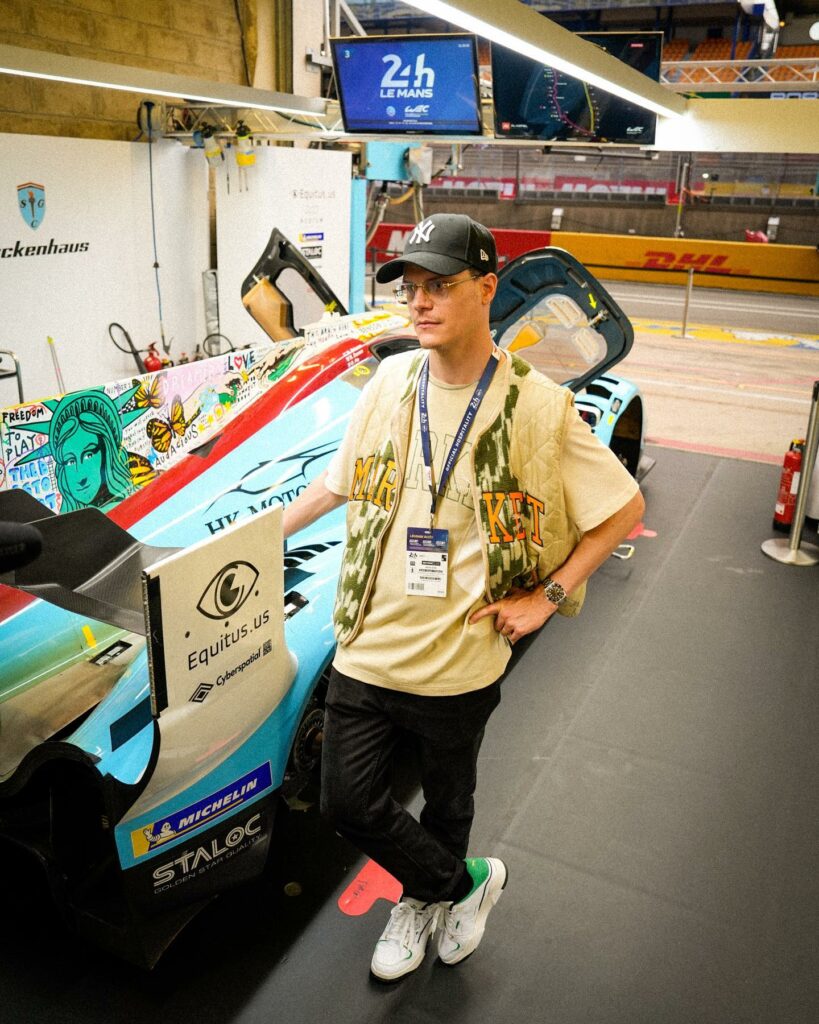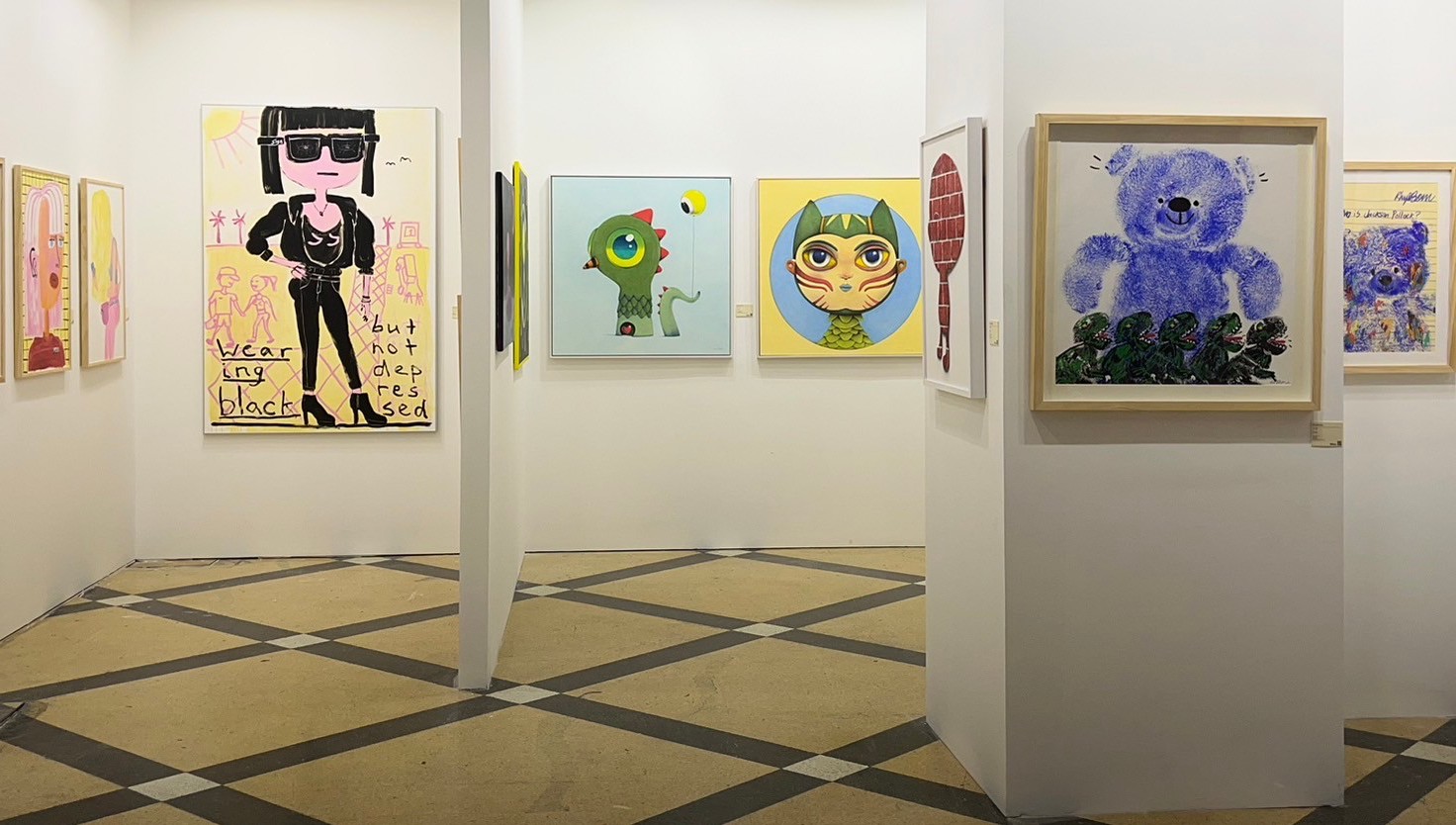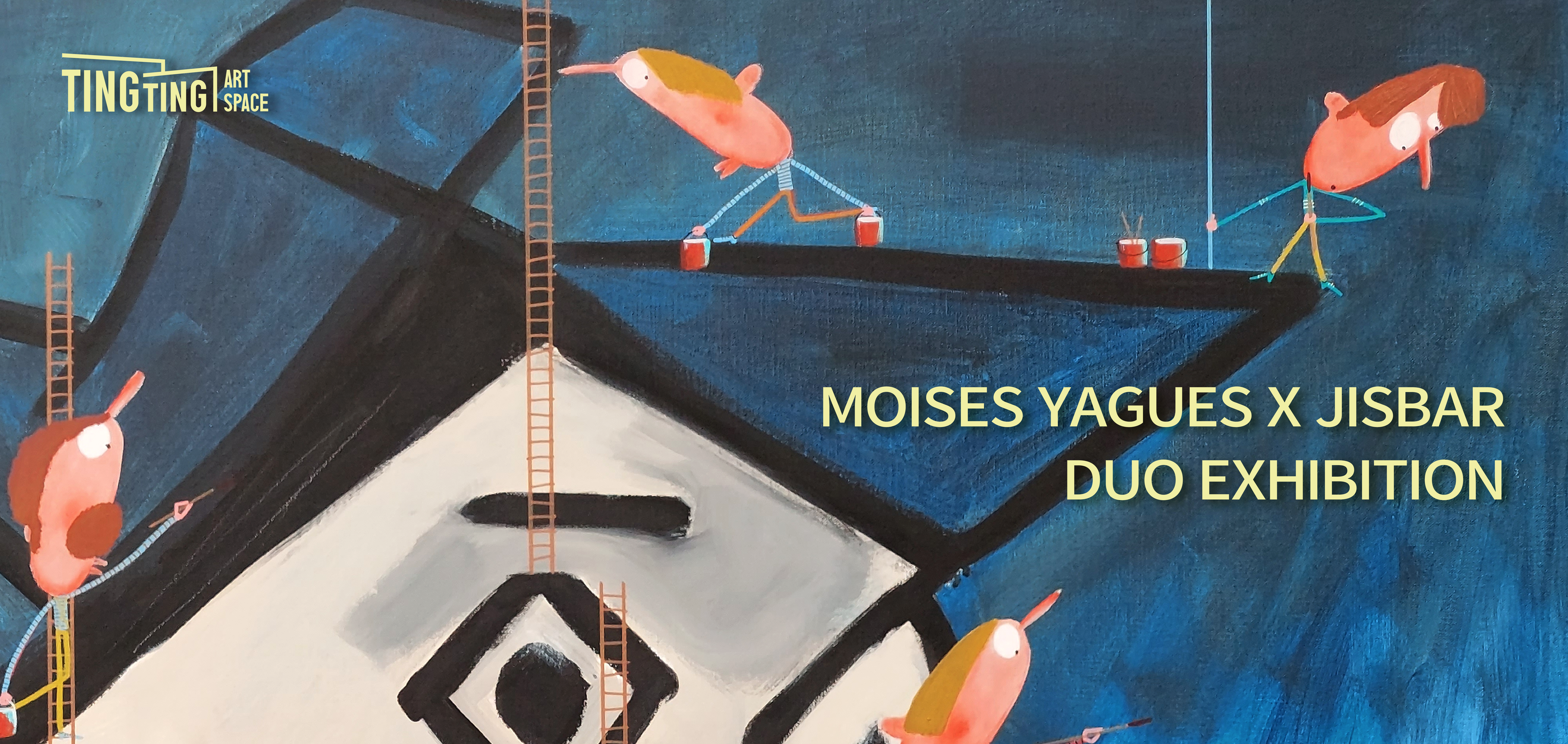
Ting Ting Art Space will present a duo exhibition featuring two artists, Spanish artist Moisés Yagües and French artist Jisbar. The works of Moisés Yagües are characterized by a simple and fresh style, while Jisbar’s pieces are imbued with strong and vivid street colors. Although their styles may seem vastly different, they showcase a harmonious conflict, offering viewers a unique visual experience.
Moisés Yagües
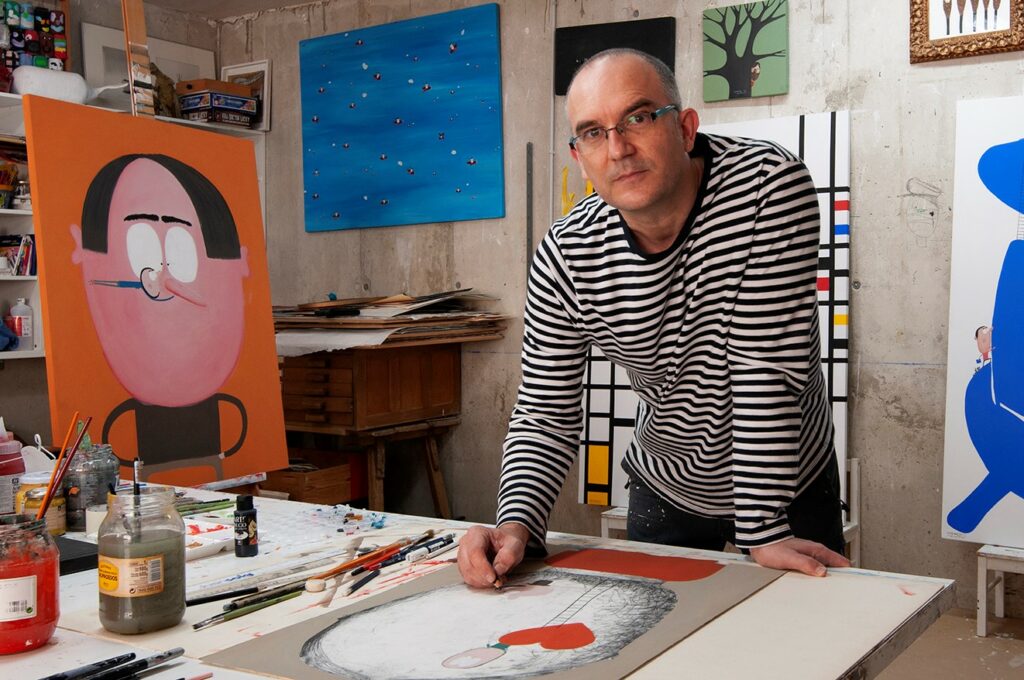
Moisés Yagües, born in 1972 in Spain, possesses a remarkable style characterized by simplicity, clarity, freshness, and harmony. Influenced by illustrators such as Saul Steimber, Tomi Ungerer, Isidro Ferrer, and artists like Basquiat or Keith Haring, Yagües’ creations exhibit a highly liberated form of artistic expression, akin to that of children at play. His works predominantly feature round-headed figures, within which various objects like ladders, flowers, and tightropes are often hidden, suggesting an exploration of the inner world of human complexity. Upon closer inspection, one may even notice embroidery adorning his pieces. Due to his unique narrative language, his works exhibit a wide range of styles, sometimes appearing delicate and refined, while at other times forceful, critical, yet playful. Nevertheless, his creations are consistently imbued with poetry, elegance, and dynamism. Yagües considers his art to be profoundly liberated, akin to the creativity of children. His imagery unveils a new realm of humor to the audience, replete with fantasy and color.
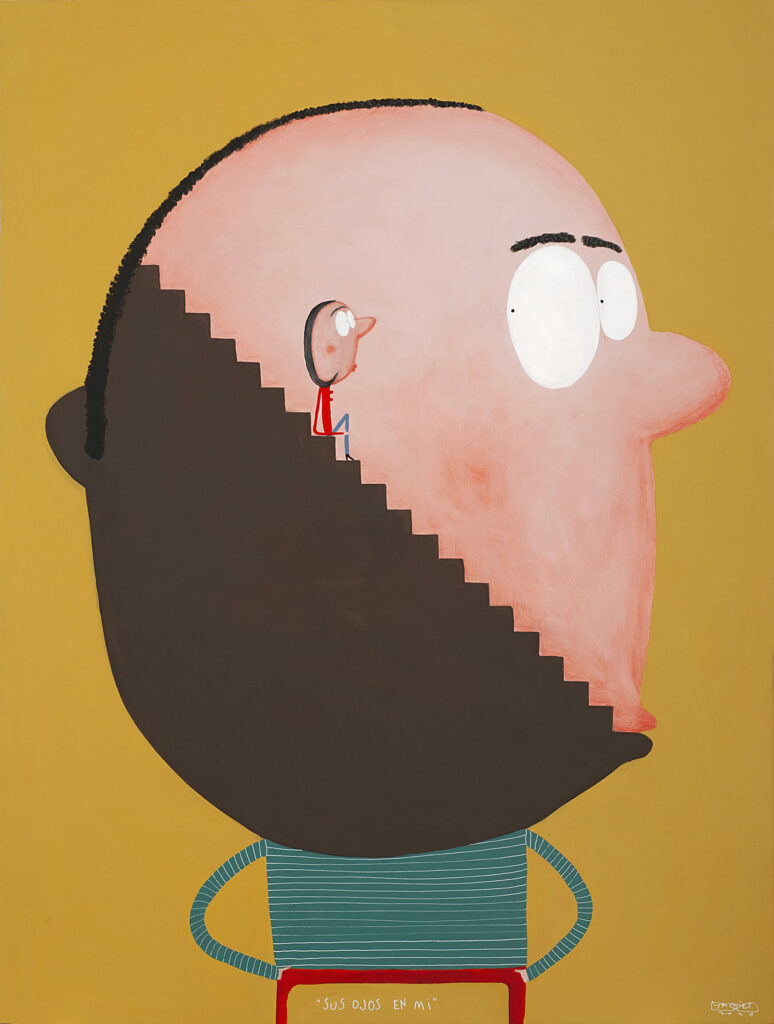
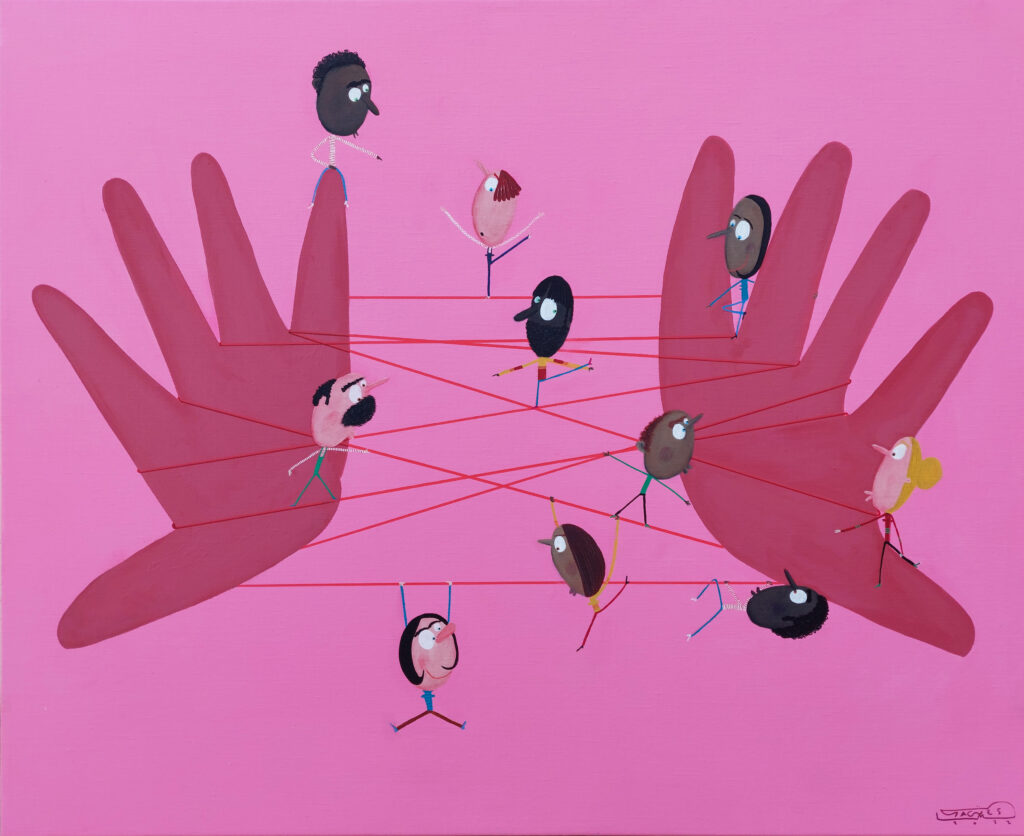
Jisbar

Jisbar, originally named Jean-Baptiste Launay, is a French emerging artist born in 1989, known for his strong street-inspired style. Growing up immersed in skateboard park culture and art, these became not just his hobbies but passions that he seamlessly blended through his creativity. Jisbar’s works draw heavily from a variety of elements ranging from fashion, music, pop art, and underground culture to skateboarding and street style codes, all imbued with a kaleidoscope of countless colors, resulting in a concept of punk style and visual freedom. He satirically mimics the discourse of pop and popular culture, and through his own perspective on social issues, translates and reproduces them onto canvas. Additionally, he’s the world’s first artist to reinterpret classical art masterpieces such as the Mona Lisa, Frida Kahlo, Klimt, and Warhol, in a personal style influenced by pop and street art. This astonishing blend has shaped a distinct and unique identity, inspiring many artists and brands worldwide. Each artwork transcends mere replication, as they are rich in text, slogans, numbers, and symbols, constructing new narratives and meanings. Every viewer can find clues within the paintings, as the abundant symbols generate different perspectives, discovering new elements and interpretations with each viewing.
